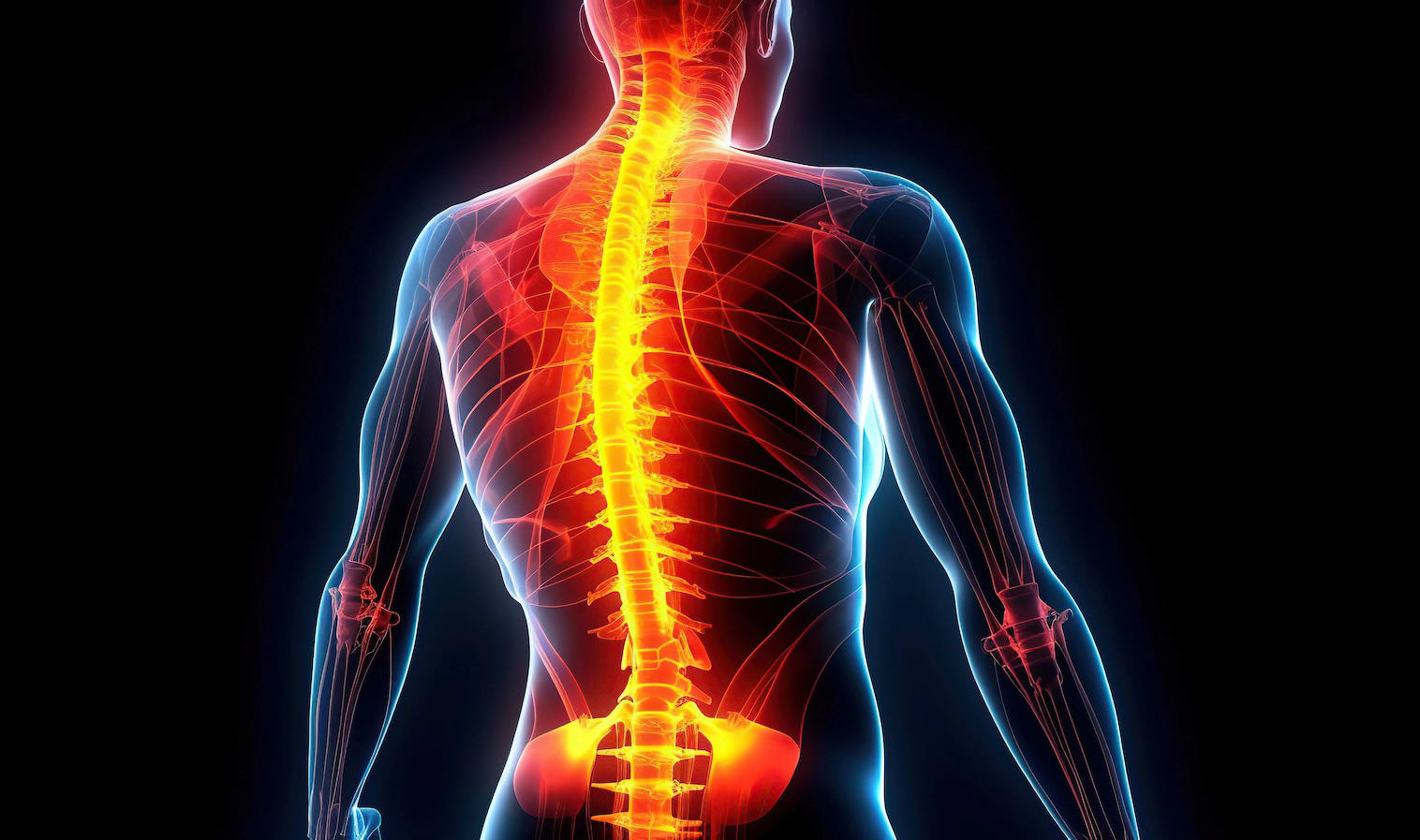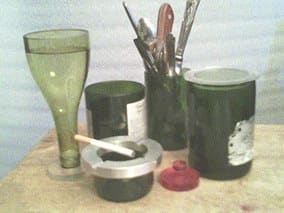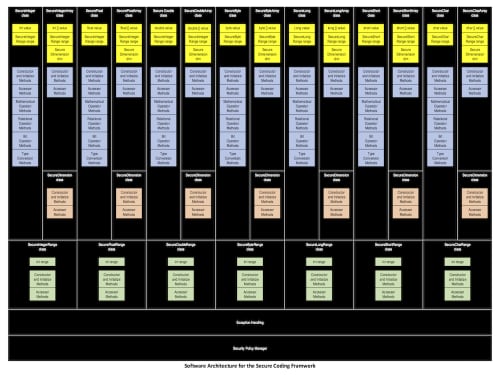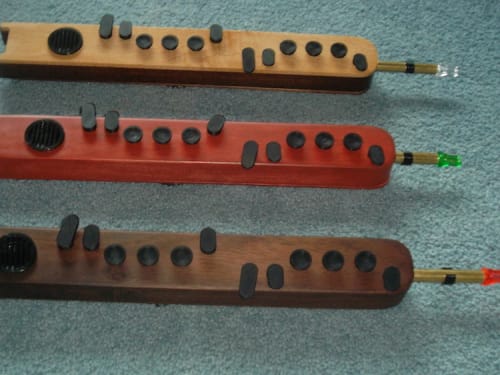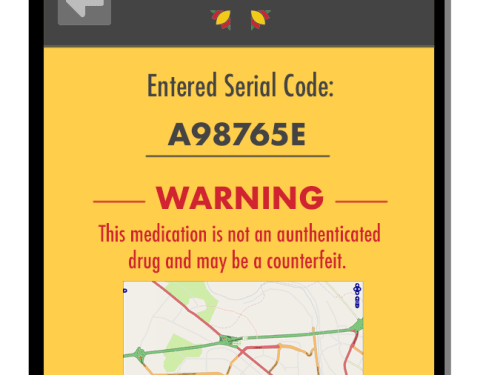The 2025 Contest is Now Open for Entries!
Submit your best new product ideas in any of seven categories for a chance at $25,000 USD and other great prizes. Here’s how to get started.
Help build a better tomorrow
Since Tech Briefs magazine launched the Create the Future Design contest in 2002 to recognize and reward engineering innovation, over 15,000 design ideas have been submitted by engineers, students, and entrepreneurs in more than 100 countries. Join the innovators who dared to dream big by entering your ideas today.
Read About All the 2024 Winning Inventions
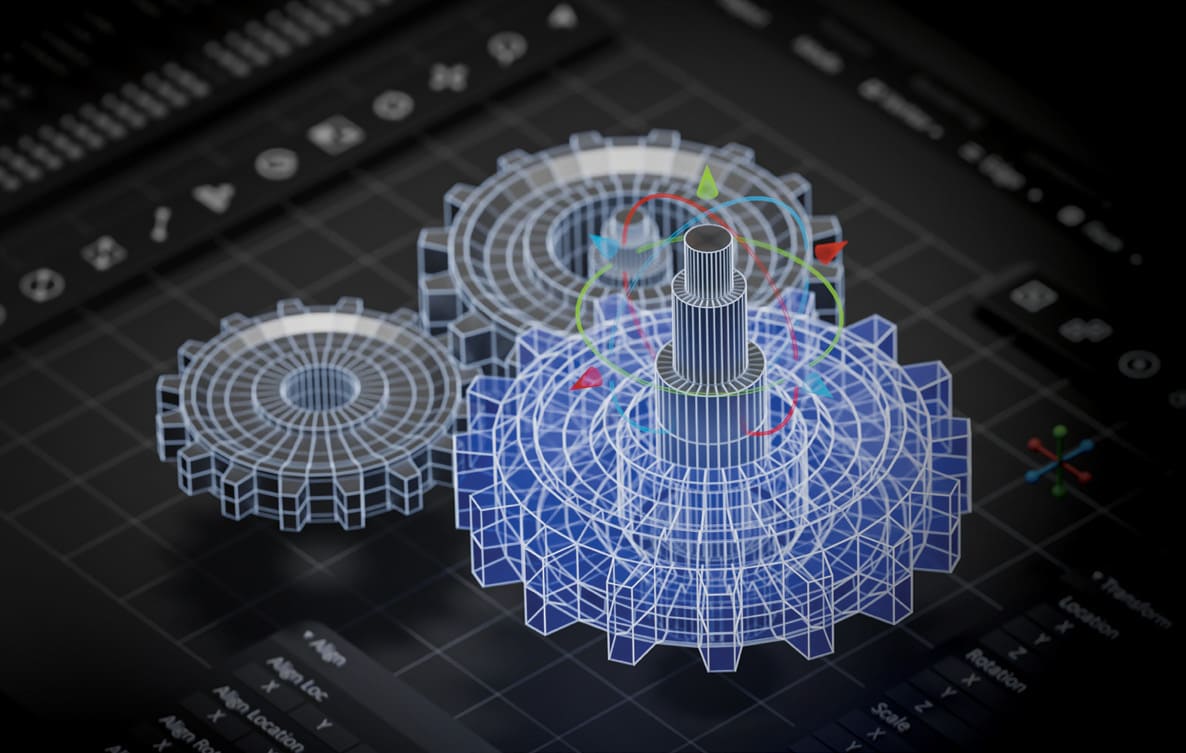
Special Report spotlights the eight amazing winners in 2024 as well as honorable mentions in each category, plus the top ten most popular entries as voted by our community.
Click here to read moreA ‘Create the Future’ Winner Featured on ‘Here’s an Idea’
Spinal cord injury affects 17,000 Americans and 700,000 people worldwide each year. A research team at NeuroPair, Inc. won the Grand Prize in the 2023 Create the Future Design Contest for a revolutionary approach to spinal cord repair. In this Here’s an Idea podcast episode, Dr. Johannes Dapprich, NeuroPair’s CEO and founder, discusses their groundbreaking approach that addresses a critical need in the medical field, offering a fast and minimally invasive solution to a long-standing problem.
Listen nowThank you from our Sponsors
“At COMSOL, we are very excited to recognize innovators and their important work this year. We are grateful for the opportunity to support the Create the Future Design Contest, which is an excellent platform for designers to showcase their ideas and products in front of a worldwide audience. Best of luck to all participants!”
— Bernt Nilsson, Senior Vice President of Marketing, COMSOL, Inc.
“From our beginnings, Mouser has supported engineers, innovators and students. We are proud of our longstanding support for the Create the Future Design Contest and the many innovations it has inspired.”
— Kevin Hess, Senior Vice President of Marketing, Mouser Electronics
contest/2017
2017
The current invention concerns recycling. The concept is simple. Take an item out of the garbage and turn it into something useful- something people will eat from. This is accomplished by cutting a glass bottle in two. By cutting a bottle in two you create a drinking glass (or a caddy) and a funnel.
The design of the prototype is based on three stages which transform PET (polyethylene terephthalate) into cotton fibers, which can have different applications, including packing stuffing, stuffed toys, pillows, or synthetic thread.
The design moves around three important stages of transformation:
The first is the ignition of PET in small precut flakes,
Secure Coding Framework (SCF)
Innovation
The SCF addresses the problem of application cybersecurity head-on with a powerful new development platform for building secure code from the ground up. It is the equivalent of a new secure programming language, but better. Mainstream programming languages in use today such as C++, C# and Java were designed in the 70’s and 80’s.
It’s sobering that passengers looking out over an aircraft wing might know more about what’s going on with the airflow than the pilots. It’s time to change that with APM.
The patented Airfoil Performance Monitor (APM) is the only technology that provides real-time information to pilots regarding the state of the airflow over the aircraft’s wings and tail.
There are three problems related to food safety and pathogens. The first problem is that 80% of food borne illness and 56% hospitalisations and death in U.S. have occurred due to an unknown pathogen. The second problem is the detection method (RAPID-B and BAM 4a) currently been used is extremely slow. The BAM 4a’
Whether playing purely for enjoyment or professionally,
The most common contaminants of water are organic compounds, bacteria and protozoa that pose a great risk to human health. However, the existence of recalcitrant pollutants prevents effective treatment by conventional methods. A novel environmentally friendly alternative for the elimination of recalcitrant pollutants is the advanced oxidation processes, such as photocatalysis (TiO2).
There have been many innovative products developed on the subject of object recognition for the purpose of automotive safety – be it vulnerable road user detection or improving autonomous driving. These works were based on researchers making use of diverse methodologies of complex vision algorithms or complicated sensors. However, despite its effectiveness,
According to the WHO, developing countries in Africa, Latin America, and Asia have a counterfeit pharmaceutical market penetration of over 30%. Distribution of counterfeit medicine poses a danger to the strength and stability of pharmaceutical delivery systems in low and middle income countries (LMICs) such as Bangladesh.
Page 10 of 86
